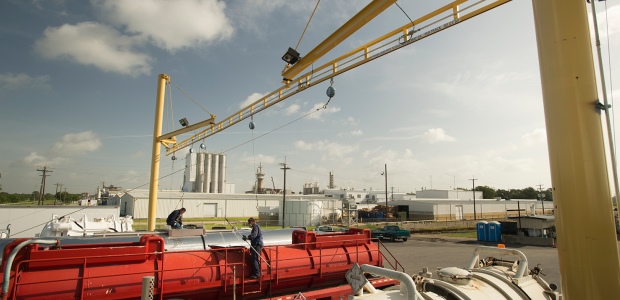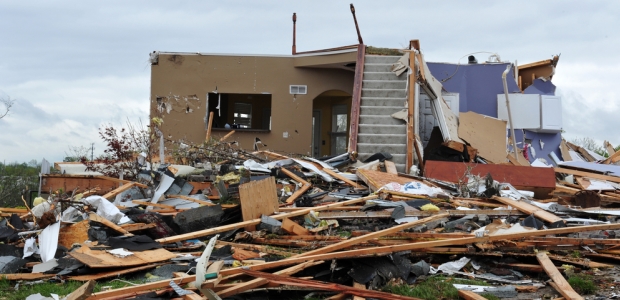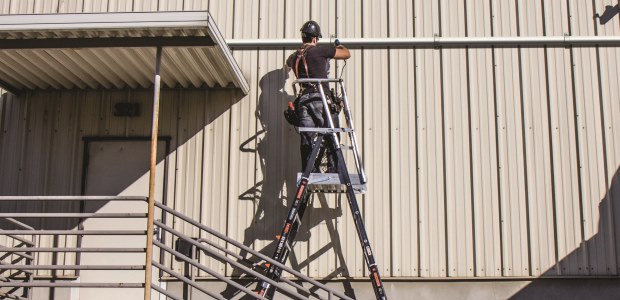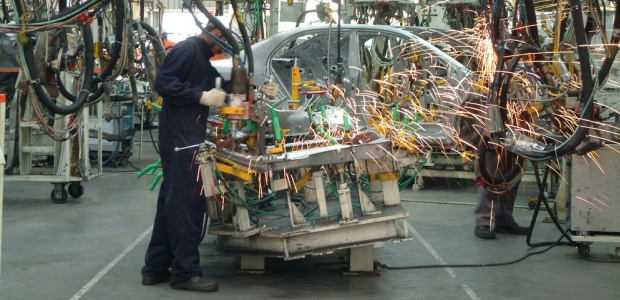
By Jamie Friedlander
The safety challenges of a booming industry were met on many fronts in 2013, from training and recruitment to regulatory changes and safety stand-downs.

By Thomas Kramer
Time, money, safety, productivity, and even employee morale are on the line when implementing equipment-based solutions.

By Kristina Harman
The height and cylindrical shape of tanker trucks can pose a real safety risk to workers who have to climb around on top of them.

By Tom Jacques
Here's what OSHA's Dec. 1, 2013, training deadline should mean to you.

By Jamie Friedlander
Natural disasters are not falling by the wayside. In fact, they seem to be more frequent than ever before. Here's why it is important to be prepared.

By Dave Francis
What do you do about a problem that is never going away? I think you have to design around it.

By Jerry Laws
Two significant OSHA rulemaking actions took center stage in late 2013, which may be remembered as a milestone year for recordkeeping changes. Also, DOL issued a rule that makes direct care workers eligible for overtime and minimum wage protection.

By Scott Corriveau
Poorly designed gloves force workers to compensate for lack of support, thereby placing unnecessary stress on their muscles and joints.
By Robert Pater
It's critical that strategic leaders bridge, not create nor perpetuate, the initially apparent gulf between older and younger workers.
By Jerry Laws
No certified inspector ever performed an internal inspection of the failed vessel during the six years it was in use, according to CSB's video.